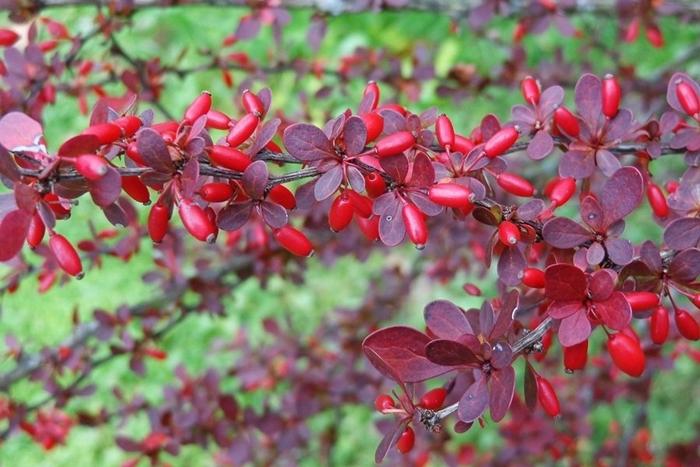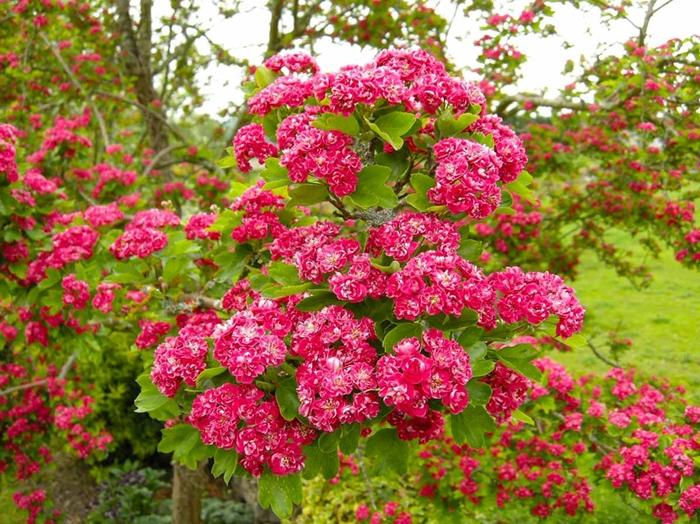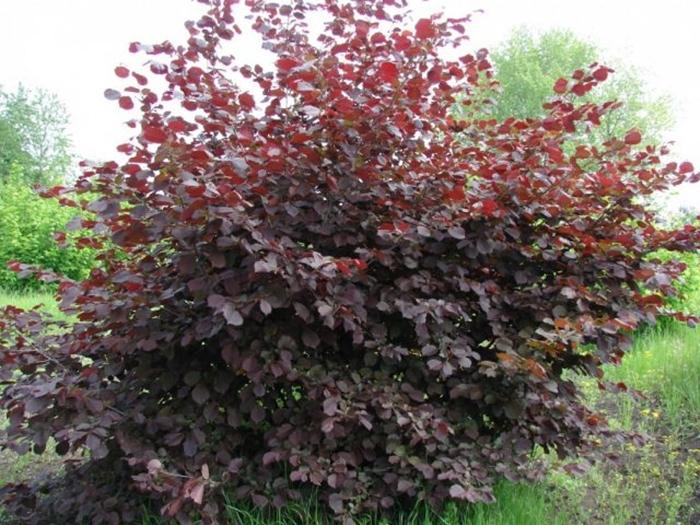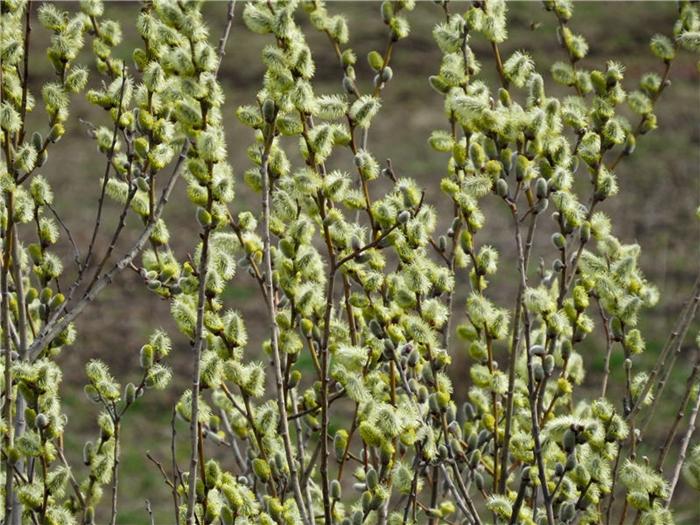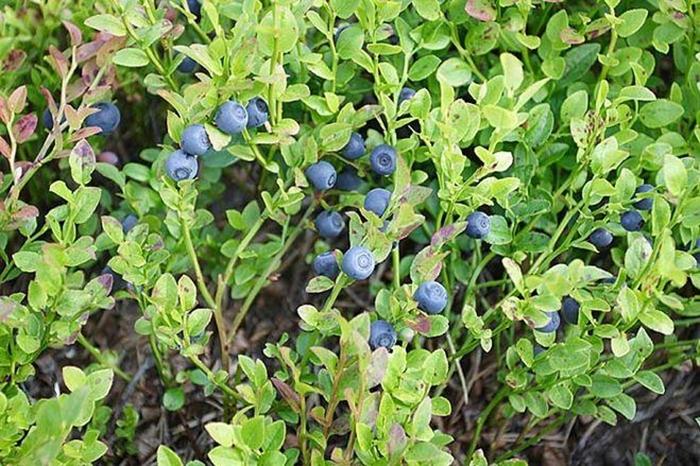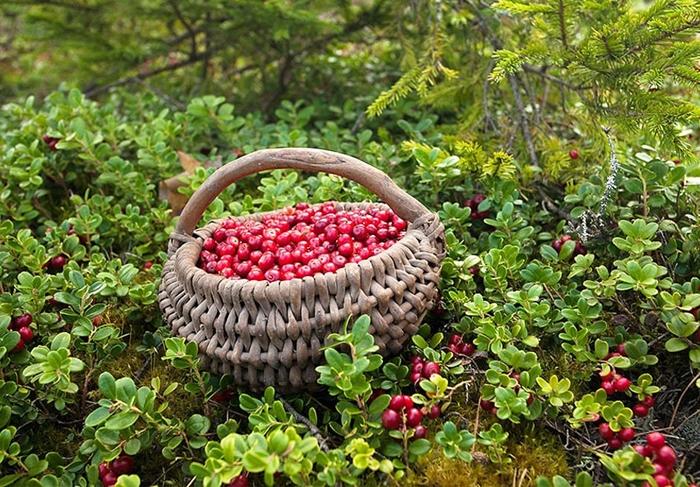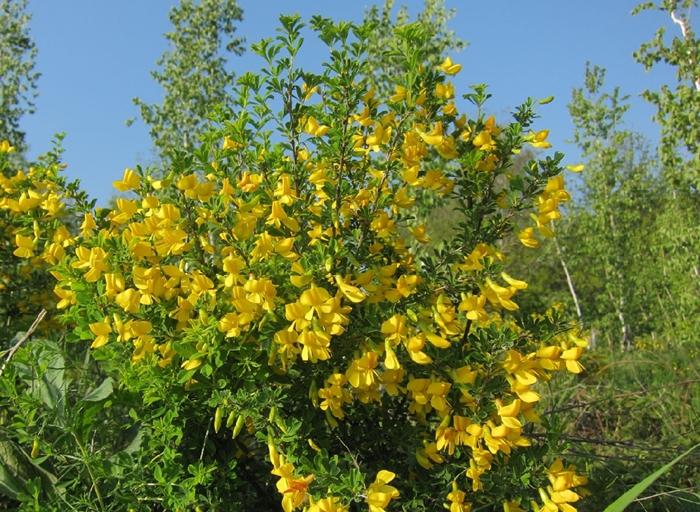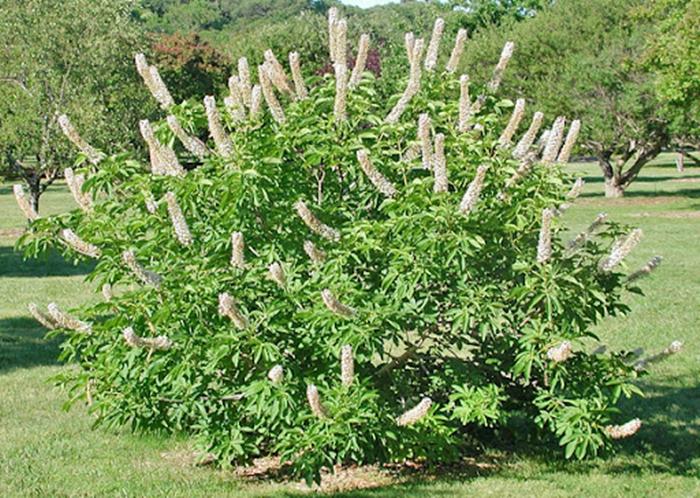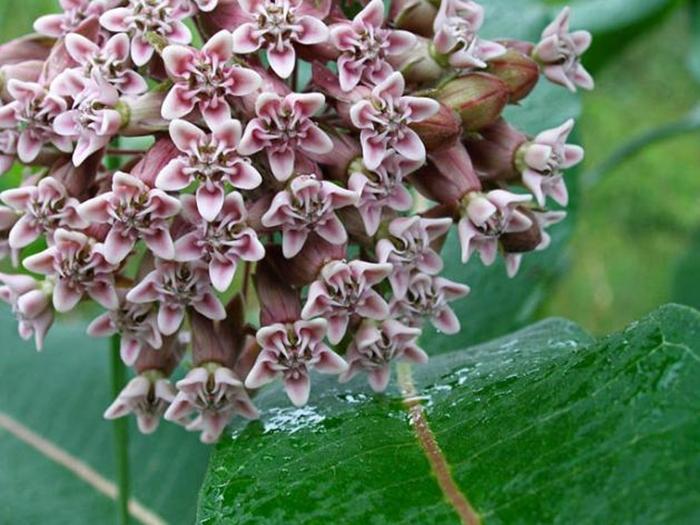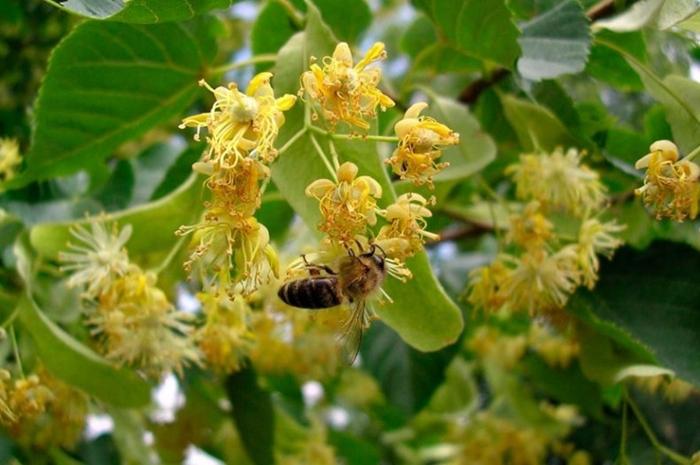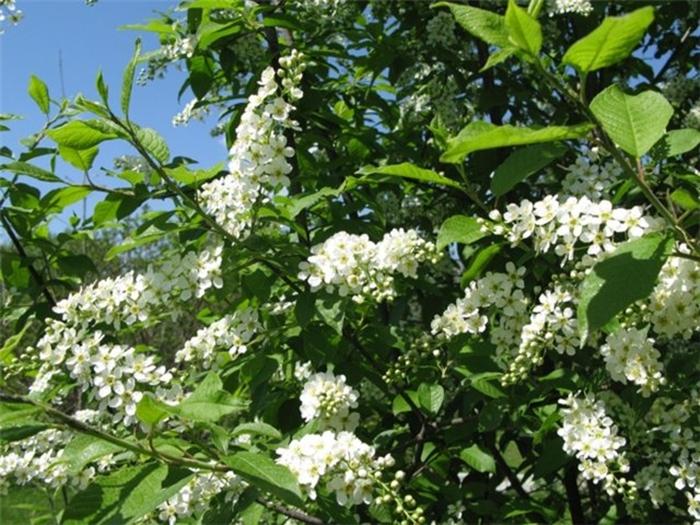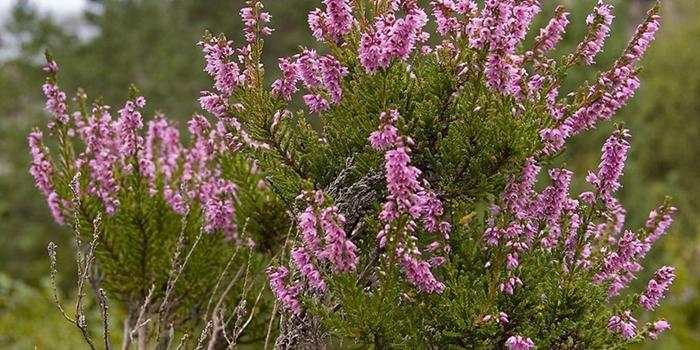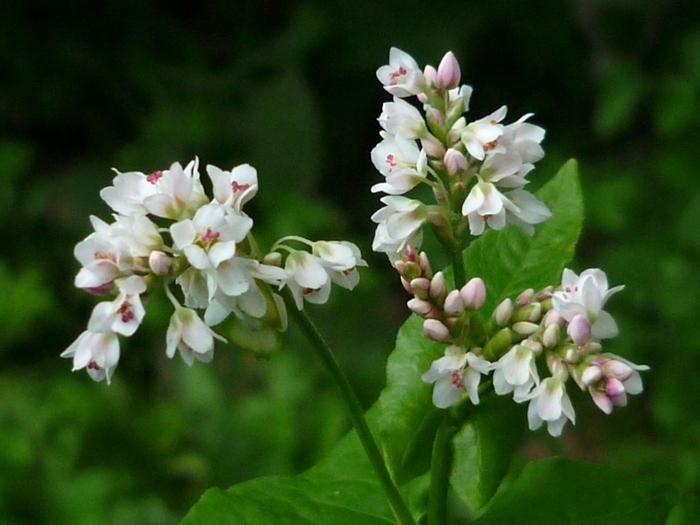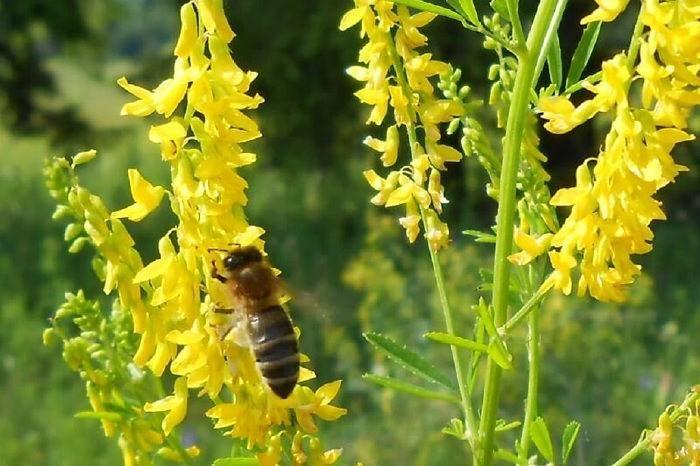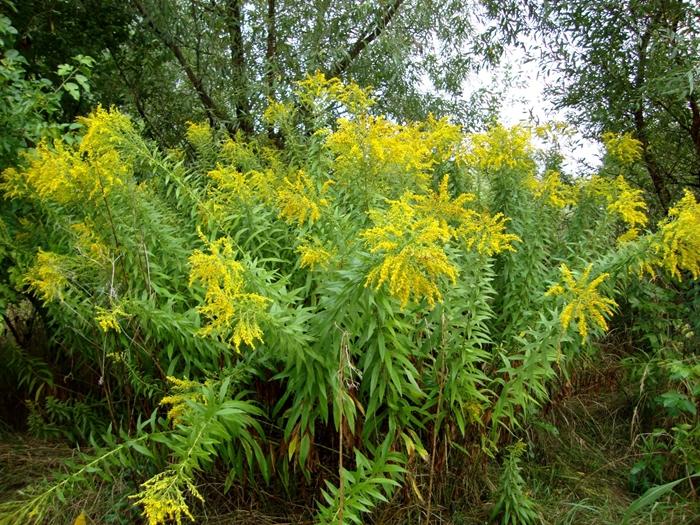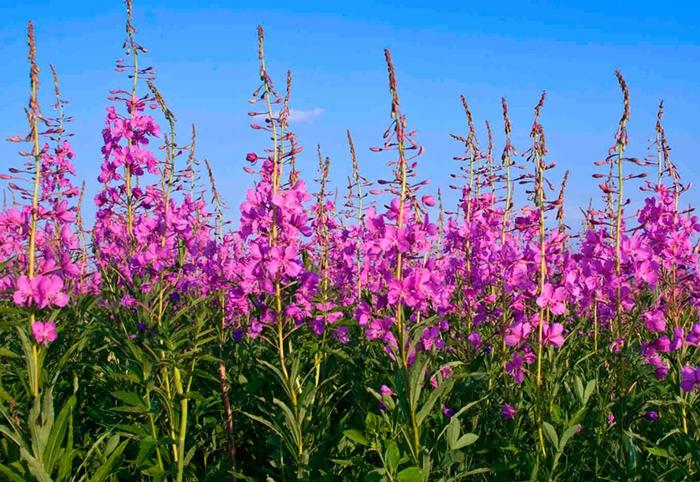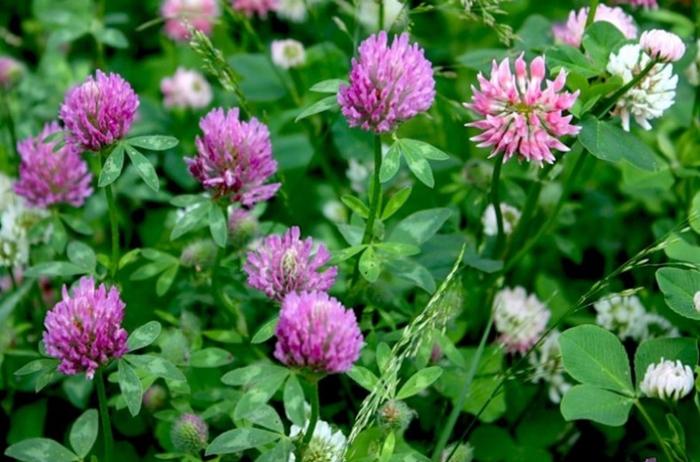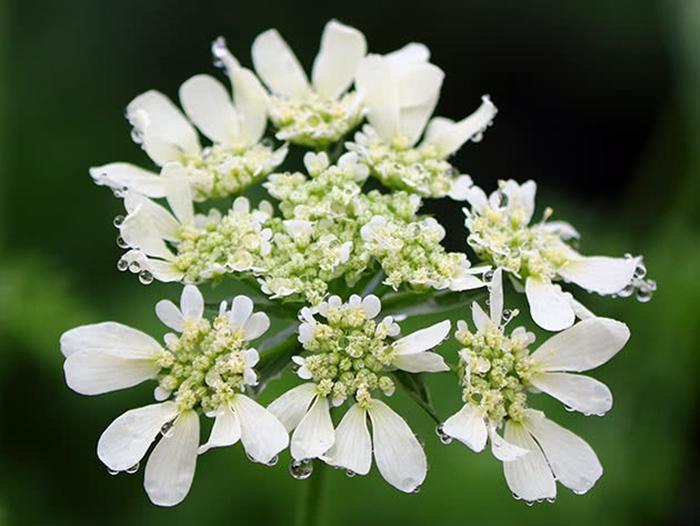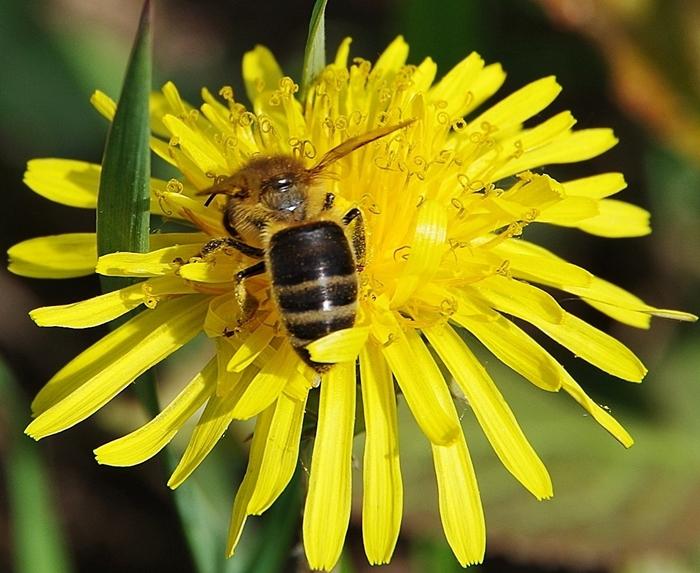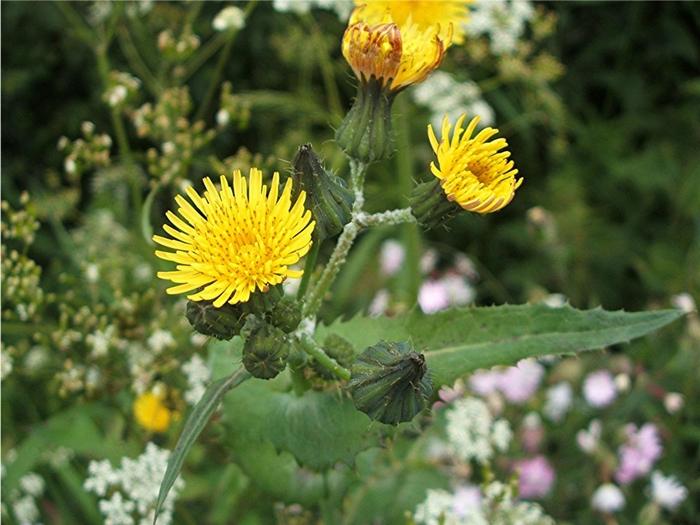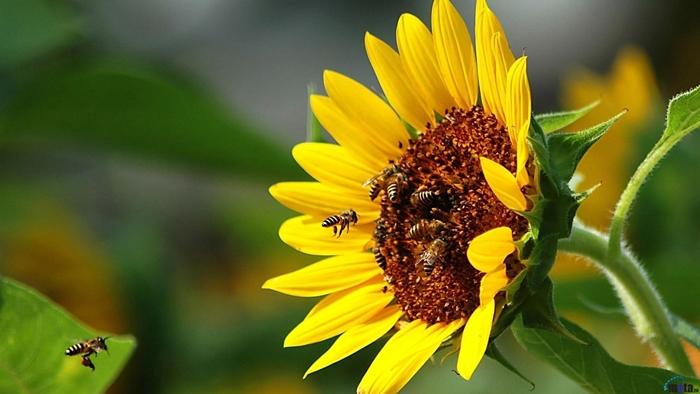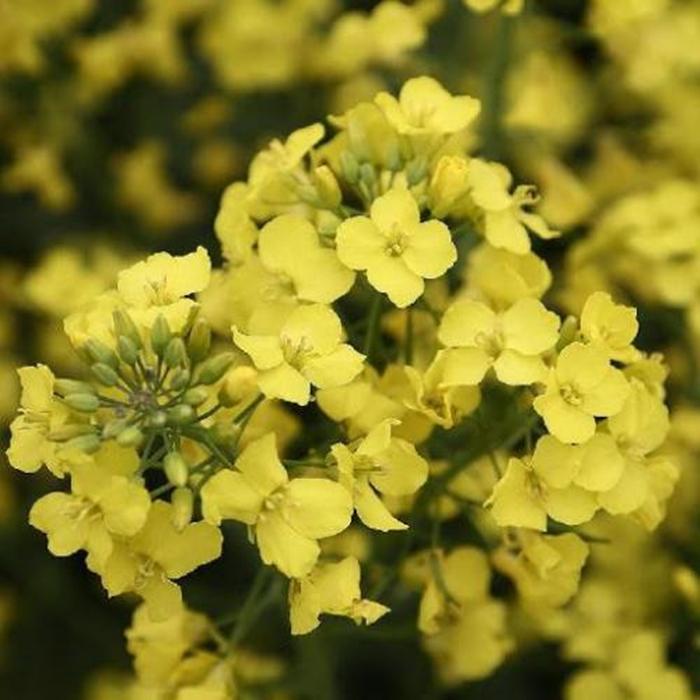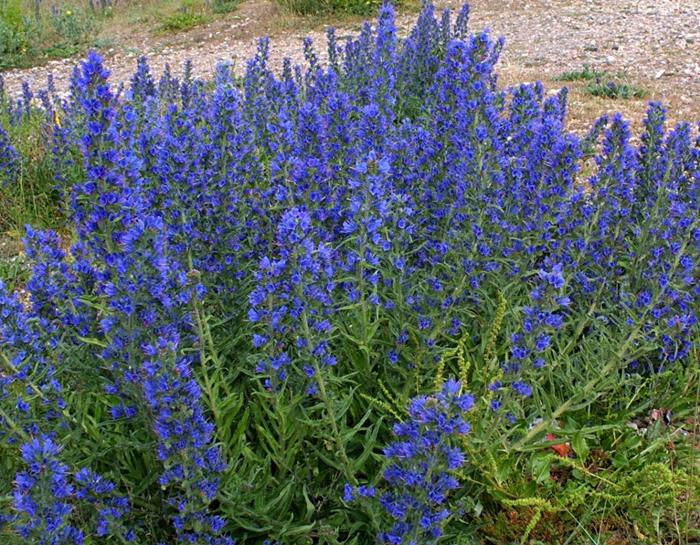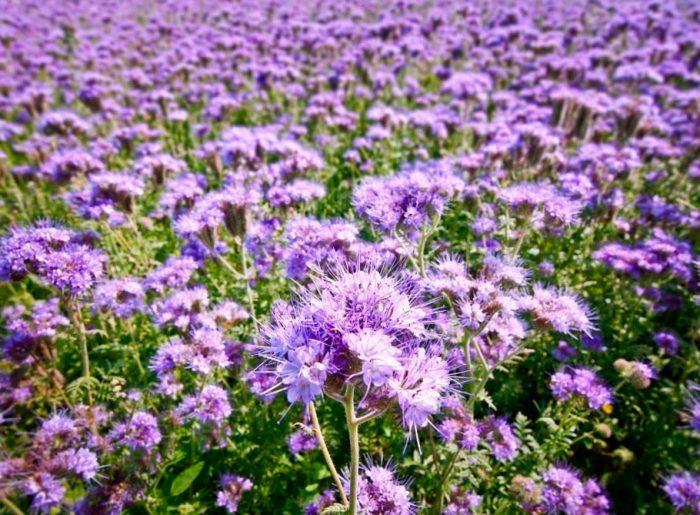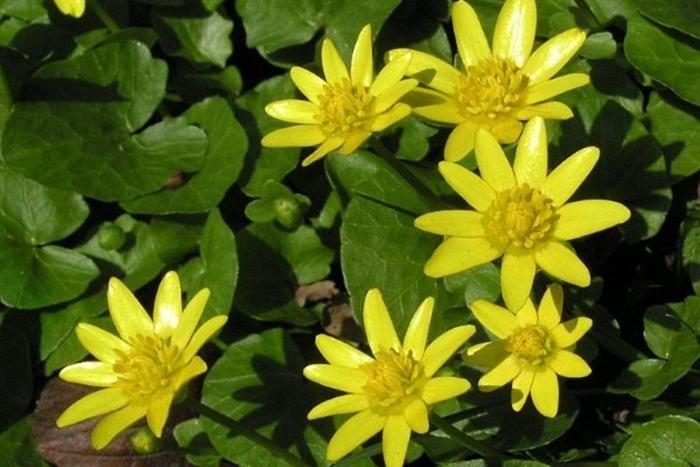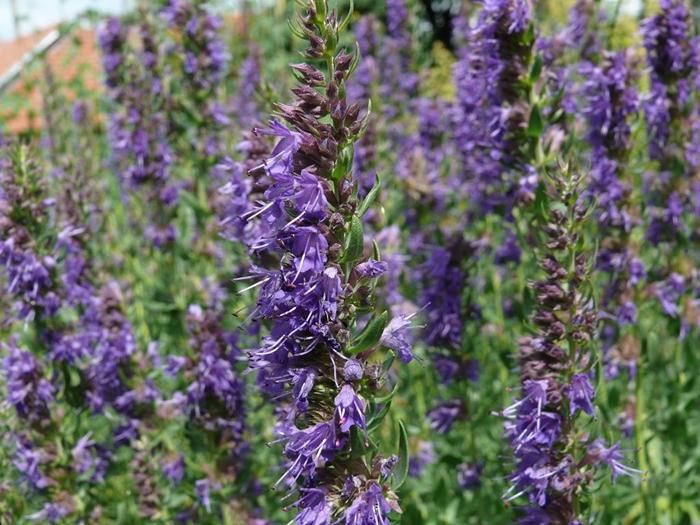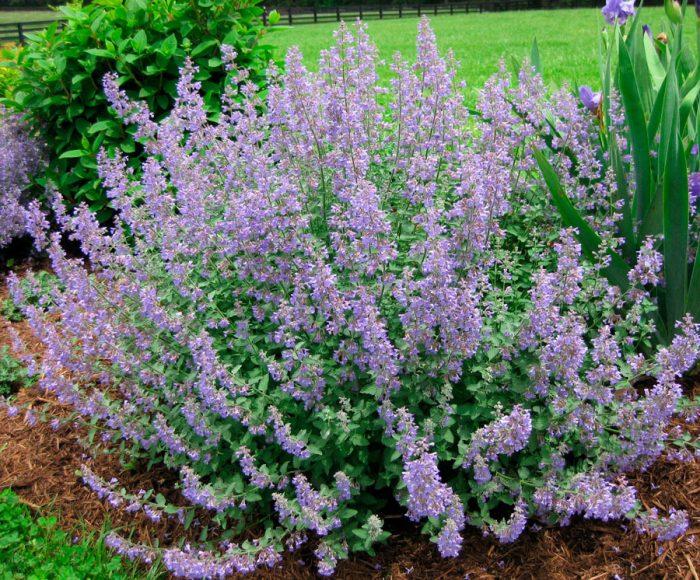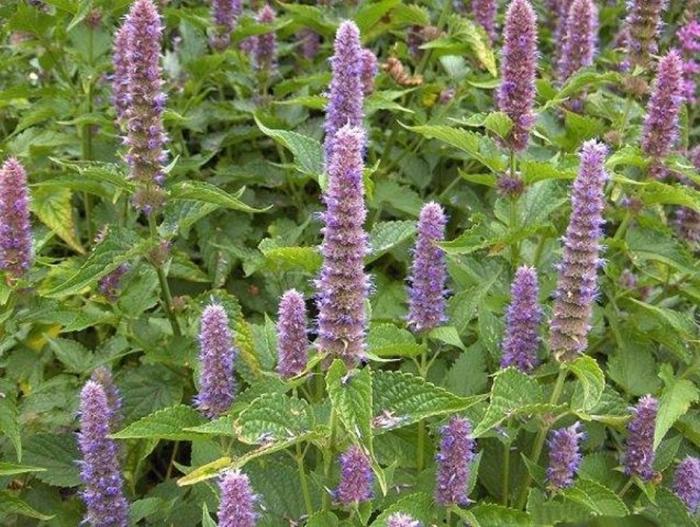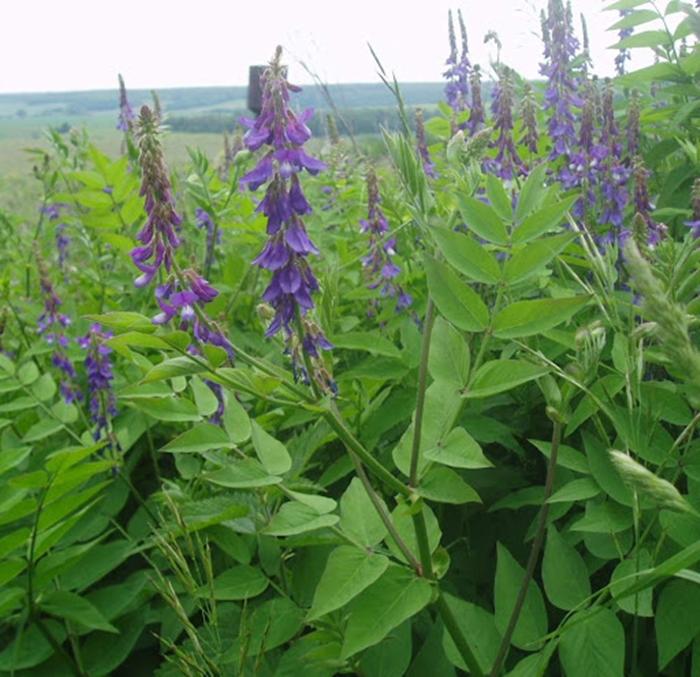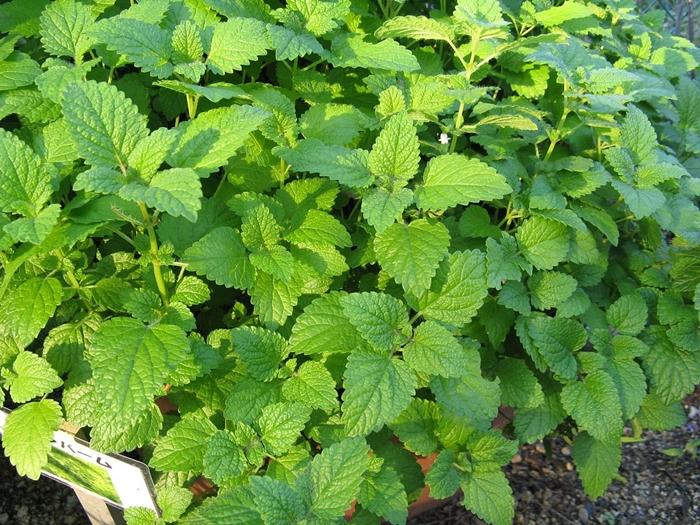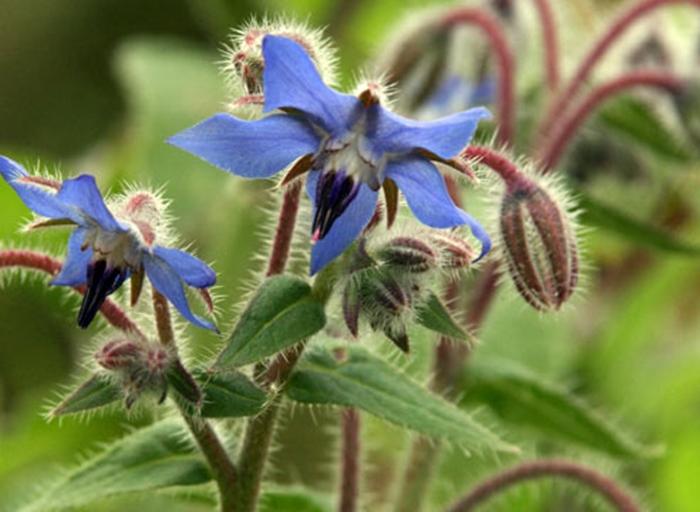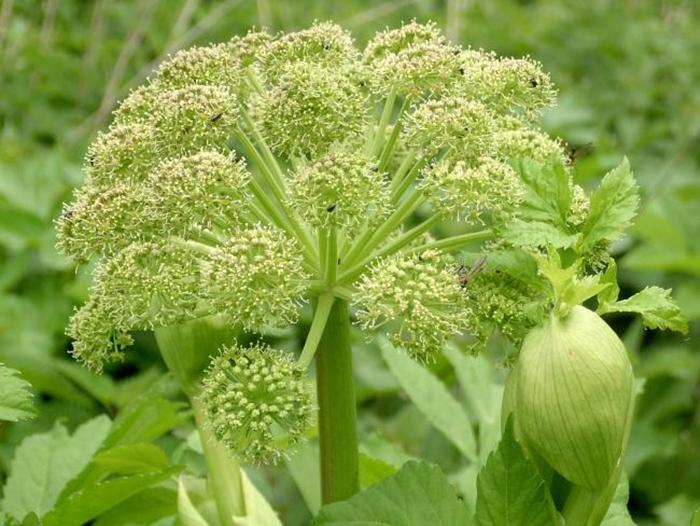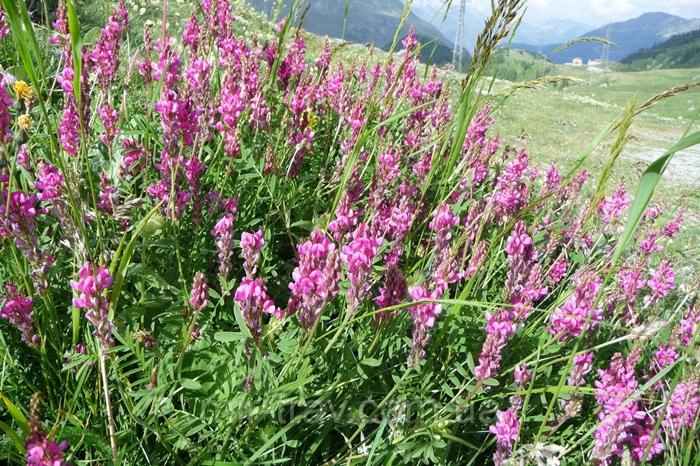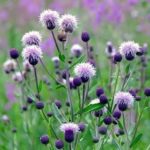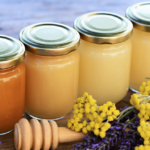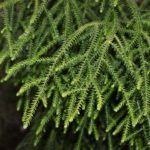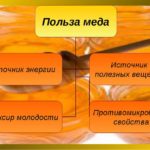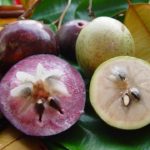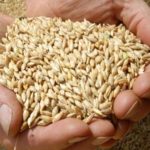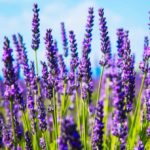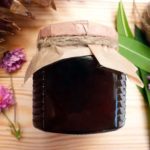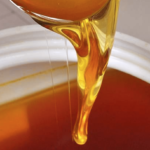Bees collect nectar, pollen and sticky substances from various plants. Hardworking insects process the resulting ingredients into honey, bee bread and propolis. Plants from which bees make useful products are called honey bushes. They may have different productivity and differ in value. The timing of their flowering and other features also differ.
- Shrubs and trees
- Barberry
- Hawthorn
- Hazel
- Willow
- Blueberry
- Cowberry
- Yellow acacia (Caragana tree)
- Chestnut
- Vatochnik
- Linden
- Bird cherry
- Herbs and flowers
- Heather
- Buckwheat
- Sweet clover
- goldenrod
- Ivan-tea (fireweed)
- Clover
- Coriander
- Dandelion
- Sow thistle
- Sunflower
- Rape
- Common bruise
- Phacelia
- Clean
- Specially sown honey plants
- Hyssop
- Catnip
- Lofant
- Oriental goat's rue
- Ball-headed Echinops
- Melissa
- borage
- Angelica
- Sainfoin
- Safflower
Shrubs and trees
Honey plants include bushes or small trees. Many valuable crops grow in central Russia. Their main feature is that they are all considered perennials.
Barberry
This perennial shrub is characterized by excellent decorative properties. All varieties of the crop serve as a source of valuable raw materials for bees. From 1 hectare it is possible to obtain more than 100 kilograms of honey.
Hawthorn
All varieties of hawthorn are excellent honey plants. However, the culture is not very widespread. Therefore, it does not provide good commercial honey collection. Among all types of hawthorn, bees prefer single-stone, Turkestan, and Pontic hawthorns.
Hazel
This plant is mostly famous for its fruits. In addition, it is one of the earliest honey plants. The bush produces almost no raw materials directly for honey, but brings a lot of valuable bee bread.
Willow
This crop is considered one of the most common honey plants. Most varieties grow as shrubs. There are also trees. The culture is considered a spring plant, which is distinguished by its early flowering period. From 1 hectare it is possible to obtain from 10 to 150 kilograms of honey.
Blueberry
This shrub is a spring-summer honey plant. He provides supporting bribes. Productivity per 1 hectare is 50-80 kilograms. Blueberry honey has a clear texture and pleasant taste. It is also characterized by a special aroma and a reddish tint. The product is valued for its medicinal properties and is suitable for diet.
Cowberry
This shrub is an evergreen.It provides the bees with a supporting bribe. From 1 hectare of plantings you can get up to 50 kilograms of honey. Flowering lasts 2 weeks. It starts at the end of May. Lingonberry honey is a natural medicine.
Yellow acacia (Caragana tree)
This shrub is the main honey plant of the early harvest. From 1 hectare it is possible to obtain up to 300 kilograms of product. Acacia honey is characterized by a transparent consistency and light shade. It also has a pleasant aroma.
The product does not crystallize for a long time and remains liquid all year round. In addition, the composition is perfectly absorbed and is characterized by serious antiseptic characteristics. The composition does not provoke allergies and improves digestion.
Chestnut
This tree is a spring honey plant. The chestnut tree provides bees with pollen, nectar and a sticky liquid. A characteristic feature of the culture is considered to be a change in the shade of the specks on the flowers from yellow to reddish. After such changes, bees do not fly to the plant.
Chestnut blooms for 2 weeks - in May and June. The number of flowers is affected by air temperature. From 1 hectare it is possible to obtain 25 kilograms of product. Chestnut honey is characterized by a liquid structure and transparent consistency.
Vatochnik
This shrub brings up to 700 kilograms of honey from 1 hectare. Each bee colony is capable of producing 5 kilograms of nectar per day. The flowering of the crop begins at the end of June. Honey made from cotton wool is characterized by a special aroma and good taste. It is characterized by a light shade.
Linden
This valuable honey plant is characterized by record performance. From 1 hectare of plantings it is possible to obtain up to 1 ton of honey.However, there is an important disadvantage - the tree is highly sensitive to climatic factors. Exposed nectaries can be damaged by strong winds, drought and heavy rainfall.
Bird cherry
This crop is a spring honey plant. However, it is characterized by low productivity. From 1 hectare it is quite possible to get up to 20 kilograms of honey.
At the same time, bird cherry honey has healing properties. It helps strengthen the circulatory system, restore intestinal function and relieve inflammation. Due to the high content of vitamins, the product helps strengthen the immune system.
Herbs and flowers
There are many herbs that are distinguished by their pronounced melliferous properties and high productivity.
Heather
This flower is an autumn honey plant. From 1 hectare it is possible to obtain up to 100 kilograms of honey. Heather honey has a red or brown color, bitter taste and strong aroma. Increased protein content prevents crystallization. After pumping out, the substance acquires a jelly texture.
Buckwheat
This crop is considered one of the main honey plants. In favorable conditions, up to 80 kilograms of honey can be obtained from 1 hectare of plantings. Bees collect raw materials throughout August. The flowers of the plant bring a lot of nectar and greenish-yellow pollen. Buckwheat honey is characterized by a dark shade and a special taste. The product contains a lot of iron and antiseptic components.
Sweet clover
Yellow and white sweet clover are considered productive honey plants. The plant has a long flowering period from July until the end of autumn. Sweet clover brings up to 600 kilograms of honey from 1 hectare. The product has a light color and excellent taste.
goldenrod
This crop belongs to the autumn honey plants. It provides bees with supplies of honey and pollen for the winter.Goldenrod is characterized by moderate productivity - up to 120 kilograms of honey can be obtained from 1 hectare of plantings. The product may be dark yellow or brownish in color and have a bitter taste.
Ivan-tea (fireweed)
This herbaceous perennial plant is a summer honey plant. Its productivity is 600 kilograms per hectare. The culture begins to bloom in June or July. This lasts approximately 40 days. This plant produces clear, greenish honey. It is characterized by a delicate aroma.
Clover
This crop is one of the best honey plants. Clover productivity is up to 200 kilograms per hectare. At the same time, the culture blooms in June-July.
Honey, which is obtained from clover, has a bright amber color, a pronounced aroma and a viscous texture.
Coriander
This herbaceous annual is an excellent summer honey plant that usually blooms in June. From 1 hectare it is possible to obtain up to 200 kilograms of honey. The finished product has a transparent consistency. It may have an amber tint. Since coriander contains many essential oils, it has a spicy and pungent taste.
Dandelion
This plant produces about 4.5 kilograms of honey per hectare. Dandelion blooms usually occur in May-June. This type of honey has a thick consistency and golden yellow color.
Sow thistle
This herbaceous perennial plant is classified as a weed. It blooms in summer and autumn. From 1 hectare it is possible to obtain approximately 400 kilograms of product. Thistle honey has a white or light yellow color and a pleasant taste.It is valued for its beneficial properties.
Sunflower
This annual produces up to 50 kilograms of honey per hectare. Flowering lasts about 1 month. It usually falls in July or August. Liquid honey has a pleasant taste. It quickly crystallizes and acquires a light amber hue. Sometimes it contains greenish notes. After crystallization, the product has a weak aroma and a pleasant taste with slight astringency.
Rape
This herbaceous annual plant is an early spring honey plant in case of winter sowing. At the same time, from 1 hectare of rapeseed it is possible to obtain 60-90 kilograms of honey. It has a white or yellowish color, an unusually sweet taste and a special aroma. The product is very thick and has rapid crystallization.
Common bruise
This grass is a summer honey plant. It brings up to 800 kilograms of product from 1 hectare. Honey from this plant is considered first-class. It has a thick texture and hardens slowly.
Phacelia
This plant has excellent melliferous properties. From 1 hectare of plantings it is possible to obtain up to 500 kilograms of honey. The product is characterized by a sweet taste with tart notes. Moreover, it can have different shades - light yellow, bluish or green.
Clean
This crop is considered an early spring honey plant. It attracts bees. From 1 hectare it is possible to obtain up to 15 kilograms of the substance.
Specially sown honey plants
There are many honey crops that are planted specifically. They are distinguished by excellent properties and high productivity.
Hyssop
The flowering of this Asian crop begins in July and lasts until the end of autumn.To grow a plant on the site, it is permissible to use the seed method or dividing the bush. It is recommended to plant it in light soil.
Catnip
The culture begins to bloom in the first half of July, and ends in frost. Bees love this plant. It is best grown in seedlings.
Lofant
This flower grows in one place for 10 years. It is propagated by seedlings or seeds.
Oriental goat's rue
This perennial is considered very unpretentious. Its flowering begins in May. The crop can be propagated by seed.
Ball-headed Echinops
This crop is highly productive. From 1 hectare it is possible to obtain up to 1 ton of honey. The plant is usually planted with phacelia.
Melissa
The crop has a wonderful aroma that attracts bees. Flowering begins in July or August and lasts for several months.
borage
This plant grows well in any soil, but moist black soil is considered the best option. Flowering lasts from July to autumn.
Angelica
It is recommended to grow this crop in nutritious soil. It needs regular watering. This significantly increases the productivity of the plant.
Sainfoin
The flowers of this plant form clusters and have a purple hue. It is recommended to propagate sainfoin by seeds. This is best done in nutritious soil.
Safflower
The crop is best planted after cereals. It requires nutritious soil. It is better to plant bushes by seed. In this case, planting should be done in early spring.
Honey plants are diverse. These include various grasses, bushes and trees. The quality and benefits of honey depend on the honey plant.

